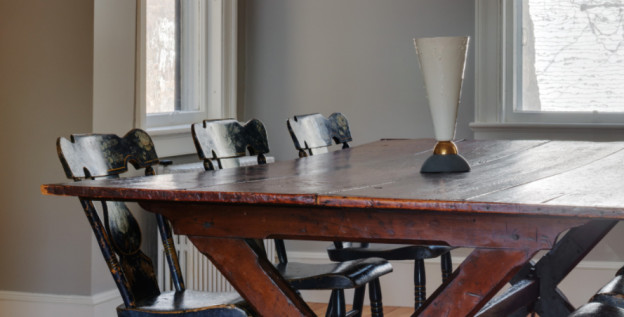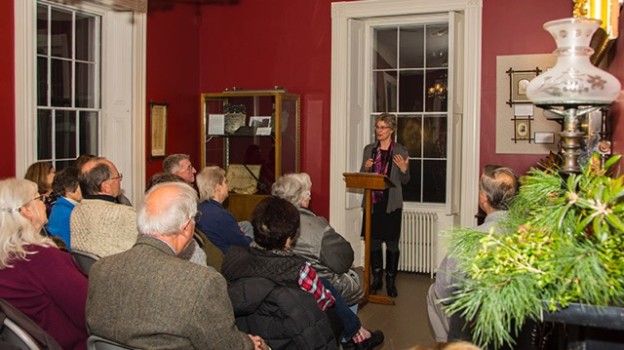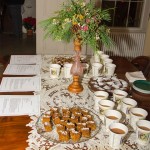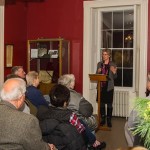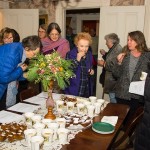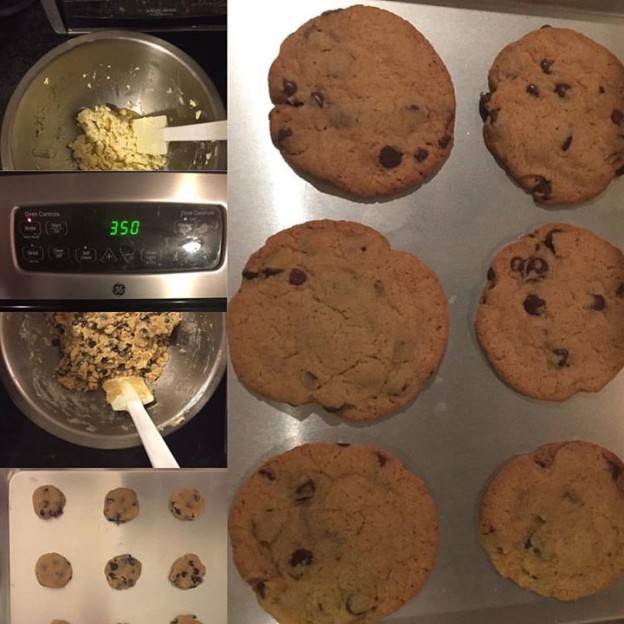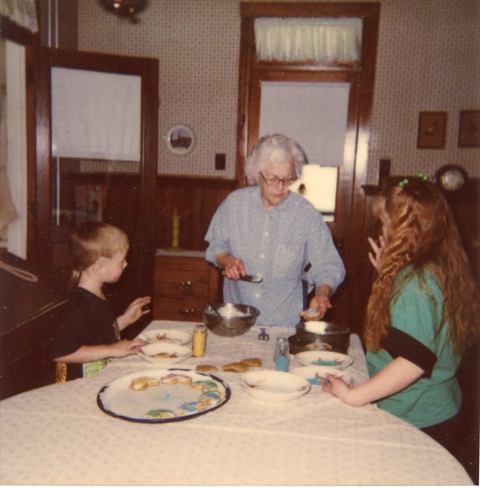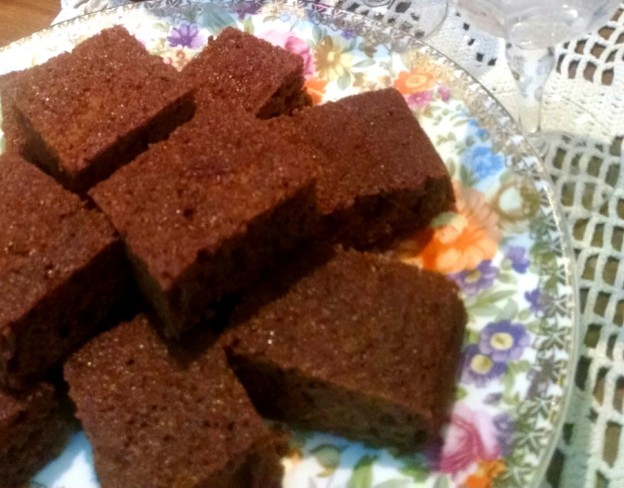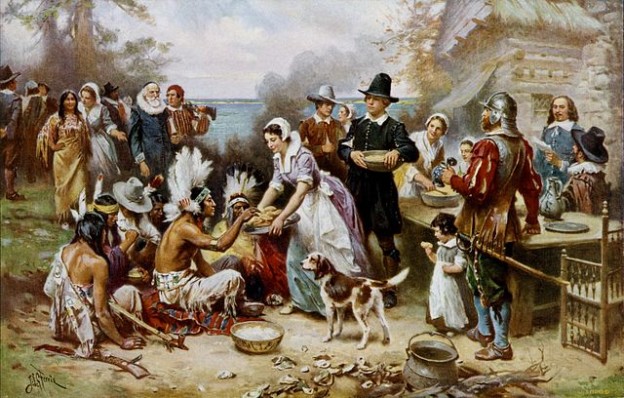Mark Your Calendars: The Groton Historical Society has three great programs coming up in April, May and July. All events are free thanks to a grant from the Commissioners of Trust Funds. Any donations will be gratefully accepted.
On April 26, at 7 pm, at the Groton Public Library, Nicholas Langhart will speak about the architecture of homes in Massachusetts prior to 1870. Mr. Langhart is the director of the Forbush Memorial Library in Westminster, holds an MA in historic preservation from Cornell University and has served as property manager at Historic New England, Boston. He has taught courses on the history of architecture on Long Island, NY and at Clark University, Worcester State and WPI. He instructs docents at Preservation Worcester and is currently teaching courses on New England architecture in the ALFA program at Fitchburg State University.
Mr. Langhart will illustrate a few of the earliest houses, showing medieval features, then transition to more typical colonial houses and show how they are rooted in the work of the English Renaissance which we know as Georgian. He will also look at some of the post Revolutionary era homes of the Federal style and point out features that distinguish them from true colonials. He will close with examples from the Greek Revival style, the first of the great variety of Victorian styles that run through the 19th Century.
On May 14th, the Groton Historical Society will participate in Freedom’s Way, Hidden Treasures program 10 am to 3 pm. The antique Torrent fire pump will be on display in the driveway of Boutwell House. At 1 pm, Harrie Slootbeek, Groton resident and director of the USS Constitution Museum, will speak about local inventor Loammi Baldwin Jr., who designed the Torrent and later the dry docks at the Charlestown Navy Yard. Our own Fire Department will be there with an emergency vehicle and a fire man to answer questions (10 am to noon). Visit our open house to see our historical fire buckets, fire marks and other historical items related to fire fighting in early New England. See www.discoverhiddentreasure.org for more information.
On July. 17th, our Annual Summer Ramble, will take place on Sunday afternoon beginning at the Sandy Pond Schoolhouse in Ayer (originally part of Groton). Families with children will be interested to see what school was like in the early days of our town. As always, home-made ice cream will conclude our program. We will provide updates as more details are confirmed.
All events are free thanks to a grant from the Commissioners of Trust Funds. Any donations will be gratefully accepted.
